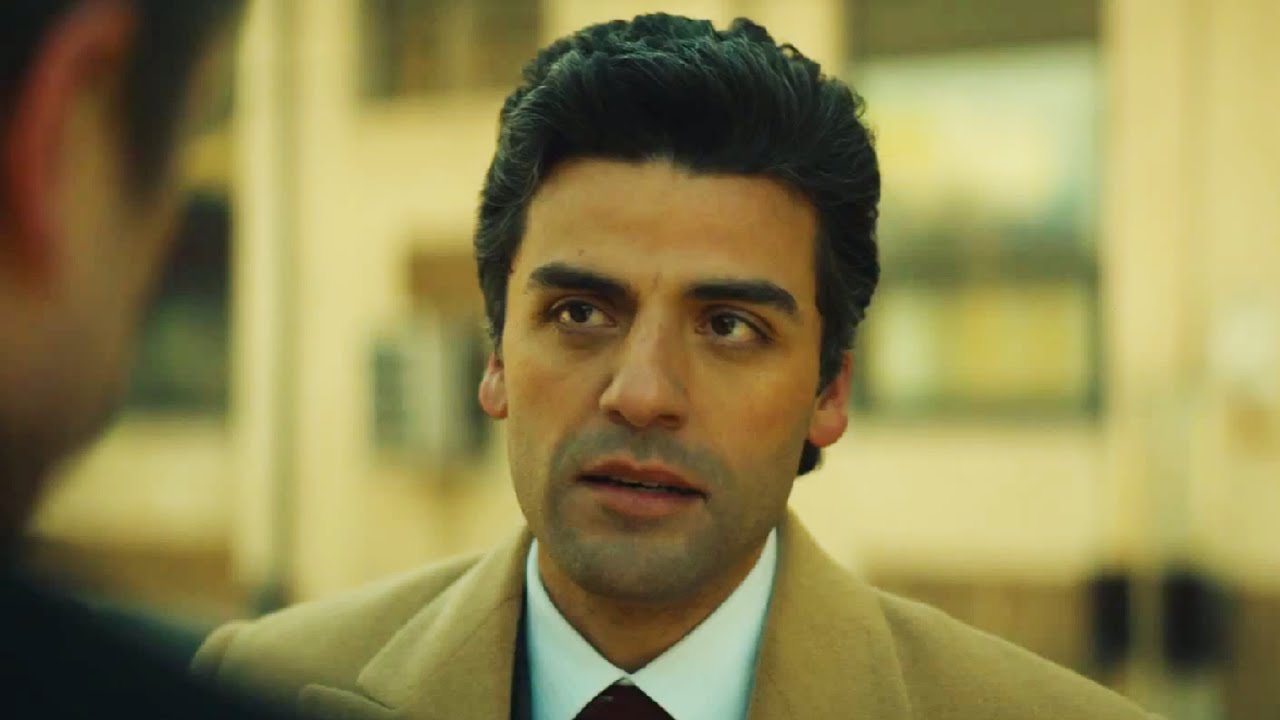
Great movies get lost or ignored for the same alchemy of factors that make lackluster ones into hits: studio politics, a given star’s popularity (or infamy), and the current zeitgeist’s appetites. Sometimes they’re overshadowed by a gargantuan hit, as people forget other great flicks were released during the box office runs of The Godfather, ET or Titanic. They might have been legitimate successes upon release, but were forgotten with time.
Another strange alchemy is at play when they get rediscovered. Maybe recent events make them relevant, or they proved prescient, or critics look back at a decade and realize that picture never left them. Sometimes they scratch an itch Hollywood is ignoring or sometimes a hot director champions it as an influence. Somehow, someway, they end up speaking to audiences again. One hopes for some gorgeous Criterion restoration, and dreads the remakes, precisely because that alchemy is almost always impossible produce. So here are 10 movies worth rediscovering, and leaving alone, because their brilliance can’t be matched.
1. The Ox-Bow Incident (William Wellman, 1943)
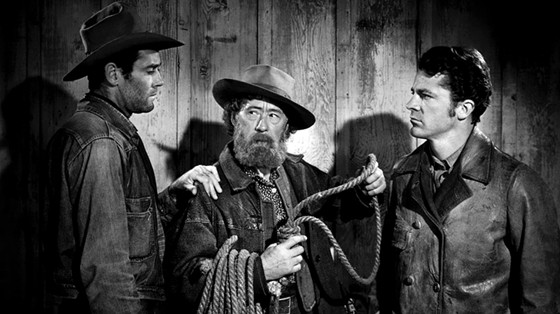
Contrary to the popular imagination, Americans prefer to follow the herd, especially if the herd looks and thinks like they do. The country doesn’t like to reckon with it long, unflattering history of mob justice, but for a brief span of time, Hollywood seemed willing to do so, with the likes of Fritz Lang’s Fury, John Ford’s Young Mr. Lincoln, and this oddly named masterwork from William Wellman.
Wellman is better known for cranking out competent, often brilliant, macho genre exercises with some notable off-brand exceptions, like A Star is Born (1938). But he reached new heights in this tale of a pair of cowboys, played by Henry Fonda and Harry Morgan, who ride into a town plagued by cattle rustling. When a ranch owner is murdered, the town forms a posse to find and hang the likely suspects without a trial.
Wellman lets the 75-minute thriller play out in the character’s faces, in ways reminiscent of Carl Dreyer’s Passion of Joan of Arc, often framing them as disembodied visages of rage, doubt and surrender. The script excels at making the assumptions of the lynch mob reasonable, while still leaving room for them to be wrong. And Henry Fonda’s lone voice of dissent often seems no more convincing than the mob’s case. The ending will linger for a good long while, as a necessary reminder that the frustrating pace and complexity of a formal legal system is there for a reason, and yes, four out of five of one’s friends can be terribly wrong. No wonder it faded from memory.
2. Bad Day At Black Rock (John Sturges, 1955)
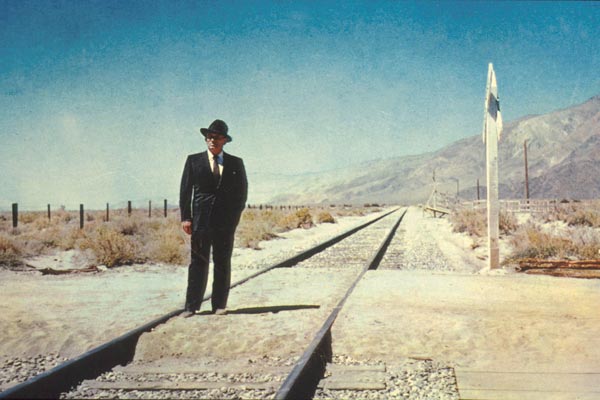
Despite some respectable box office and a few Oscar nominations, this contemporary Western noir never earned more than a cult following. The director John Sturges is far more famous for his long-winded action hits of the 60s, The Magnificent Seven and The Great Escape. But in truth, he never quite matched what he accomplished in 82 minutes with this taut little tale of Spencer Tracey arriving in a small Western town to find he’s not very welcome there.
The town of Black Rock is so small in fact, no train stopped there for four years. So it’s a major event when a one-armed stranger (Tracy) arrives by train at the end of WWII, looking for a Japanese farmer. An all-star cast plays the locals, with the unofficial mayor (Robert Ryan) and his goons (Lee Marvin and Ernest Borgnine) working overtime to intimidate Tracy into leaving. The great Walter Brennan plays another cowardly drunk here, as a local doc who might be Tracy’s only ally.
The mystery is easily unraveled, but the script and Sturges knows that’s irrelevant to keeping the tension up, as Tracy struggles to stay alive with no way to contact the outside world. Its spartan form is lent an epic scale with a lush orchestral score from André Previn, and Sturges’ master class of Cinemascope framing. By the end, it becomes a kind of funhouse mirror version of High Noon, where the stranger getting off the train is out to destroy the town, only in this case, the town has it coming.
3. The Train (John Frankenheimer, 1964)

Frankenheimer was in the midst of quite the run in the early sixties, rattling off classics like The Birdman of Alcatraz, The Manchurian Candidate and Seven Days in May. This WWII actioner never got the same reverence, despite being one of the great feats of blockbuster filmmaking of that decade. In it, the French Resistance attempts to stop a Nazi train full of priceless French artwork from reaching Berlin as the war draws to a close.
Burt Lancaster plays the French railway clerk working for the Resistance, not even bothering with an accent. Lancaster fired the initial director, Arthur Penn, once it became clear Penn was focused on the meaning of art in a time of war, rather than the mechanics of keeping that train from leaving France. And no one knows better how to make the mechanics of a thing into hypnotic story beats like Frankenheimer. In the resulting picture, Lancaster’s character is reluctant to save a train full of art, but because it matters so much to his fellow saboteurs, he does his best, with a series of savvy ruses to stay one step ahead of the Germans, led by a Nazi colonel (Paul Scofield), who may be the greatest art lover in the story.
Some of the movie’s magic could be attributed to its era, when the train crashes and explosions couldn’t be built in a hard drive. They had to be staged in the real world, with steam and fire and metal colliding with metal at full speed. Frankenheimer expertly manages the set pieces, while girding them with quiet moments between Lancaster and his fellow Resistance fighters, including Jeanne Moreau as an innkeeper, ground down by the Occupation. Frankenheimer knew he didn’t need to convince audiences that the art on that train is worth saving, only that it mattered to the characters. It might have been a bigger hit if Frankenheimer decided to end on a triumphant note, instead of an acknowledgement of how much that victory cost. But it wouldn’t haunt an audience the way it does now.
4. Mickey and Nicky (Elaine May 1976)
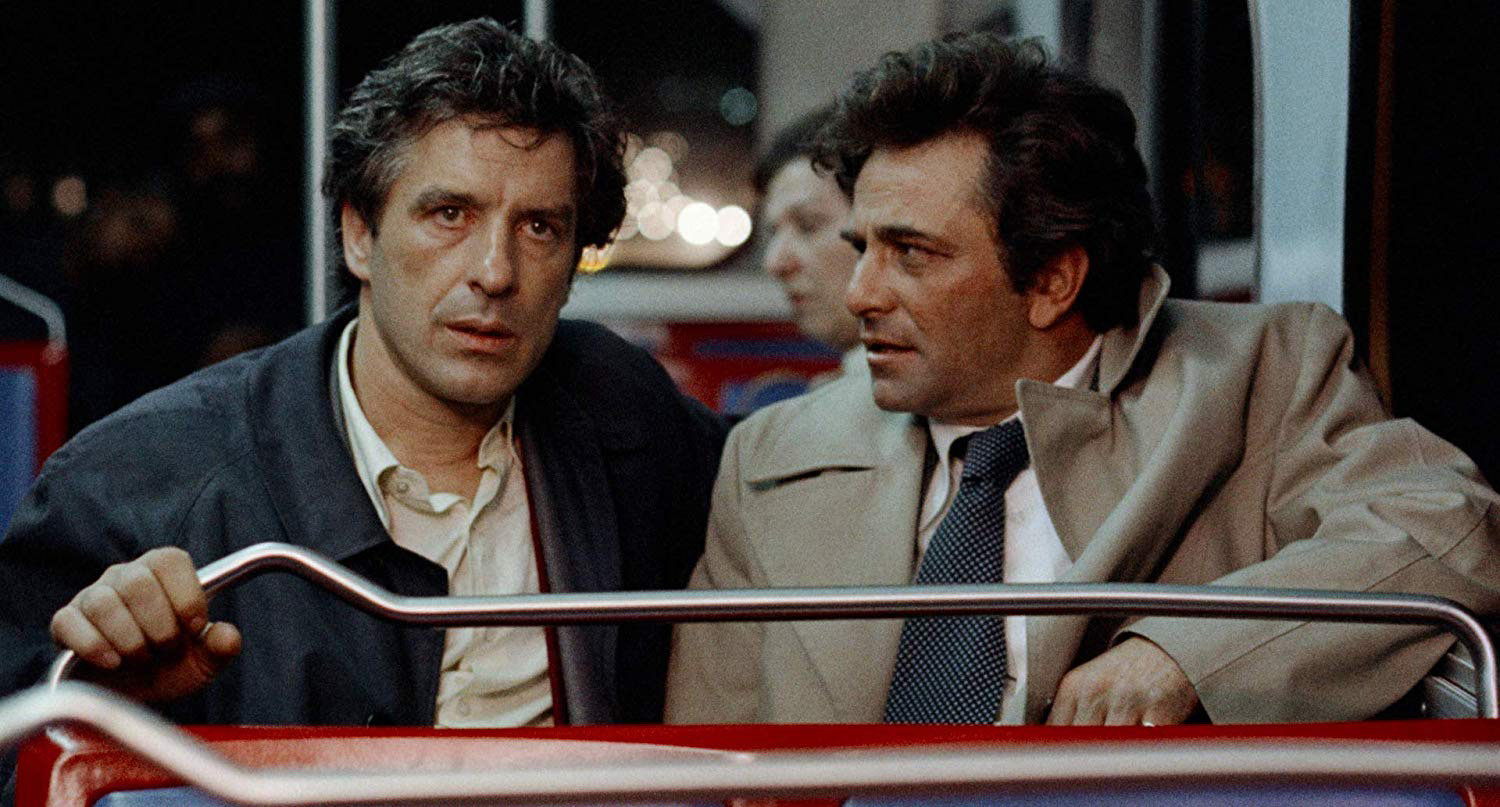
Perhaps Elaine May’s greatest contribution as a director is her ability to marry a humanist sensibility with cringe comedy. She deals in absurd levels of malice and narcissism, but softens this by showing how much her characters are at the mercy of their ambitions and appetites. She’s not a scolding mother, but the aunt that drives her nephew to jail and buys him a milkshake on the way.
In true Hollywood fashion, her best movie got her blackballed from directing for a decade. May made the mistake of acting like any other male auteur, and went way over budget making Mikey and Nicky, famously shooting more footage than Gone With the Wind to deliver a 106-minute gangster film. But there was a method to that madness, as evident in the result.
Mikey (Peter Falk) and Nicky (John Cassavetes) are working stiffs for the mob, and Mikey’s side hustle is bailing Nicky out of trouble. But now a hit’s out on Nicky for stealing some money, and Mikey isn’t sure how to save his pal this time. May’s high-volume shooting style found so many unexpected moments in the material, it graduates into a meditation on male friendship, without losing any of the tension. She makes it seem like her leads just wandered out on to a tightrope, and ably deploys the two stars’ lifelong friendship to add weight to each promise and betrayal. It would be restored and re-released in 1986 to her liking, but it’s a superb case study of how the industry treats women as committed to excellence as their male peers.
5. Something Wild (Jonathan Demme, 1986)
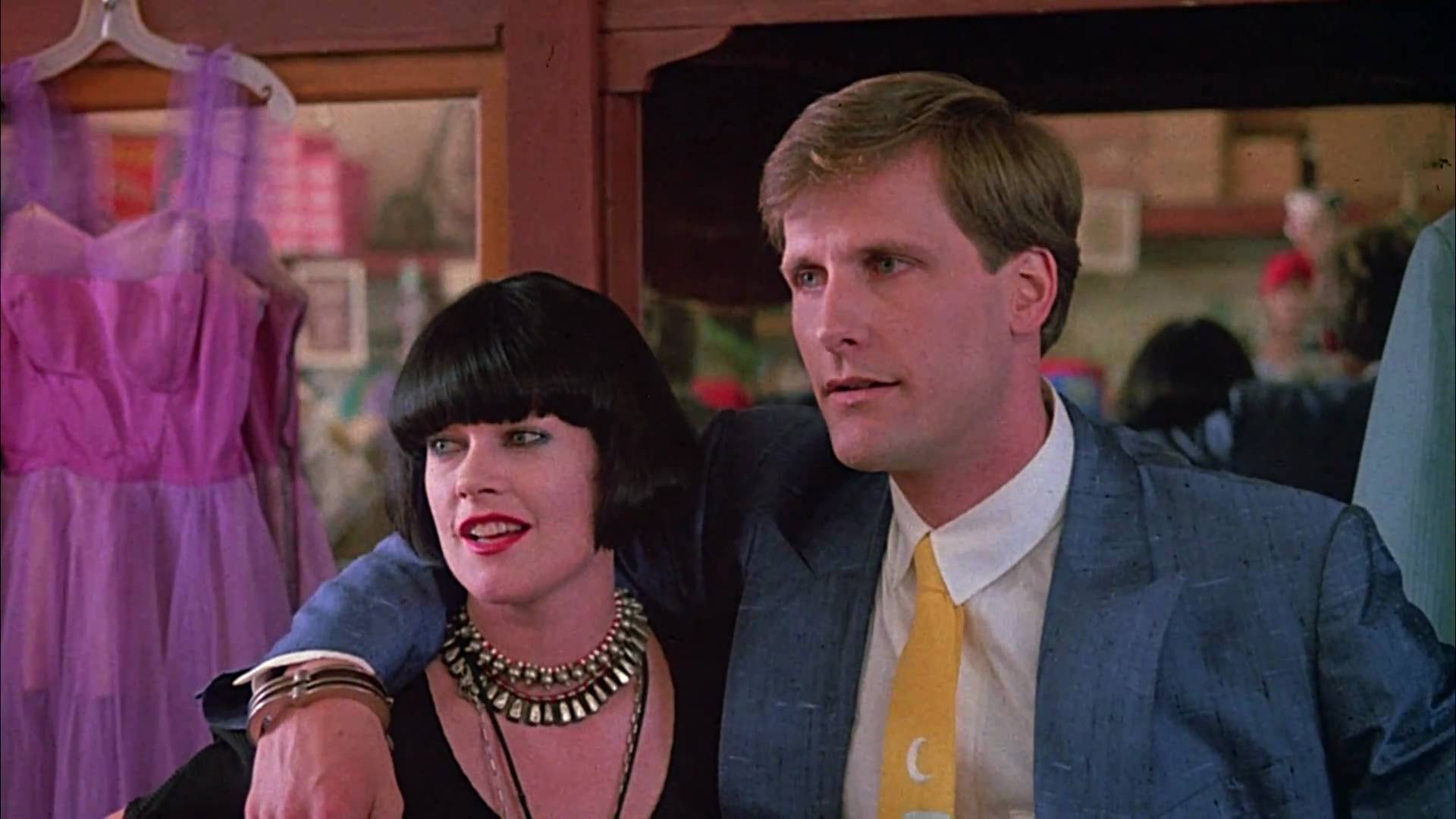
The American independent film scene of the 1980s earned its name with rebellious, low-budget experiments by the likes of Alex Cox, Jim Jarmusch, Bill Sherwood, Lizzie Borden and Jonathan Demme. By the mid-eighties, Demme had graduated from Corman’s grindhouse factory to a charming character study (Melvin & Howard) a groundbreaking concert film (Stop Making Sense) and a number of music videos. But with this oddball masterpiece, Demme was finally able to use very octave of his voice.
Something Wild finds a mild-mannered corporate VP (Jeff Daniels) roped into a road trip by a free-spirited bad girl (Melanie Griffith). It’s hard to recall just how much eighties movies catered to the peculiar fantasies and neuroses of suburban white guys, but Demme defies such expectations, revealing all the various shades lurking under Griffith’s jet-black bob. Their courtship takes sweet and unexpected turns as we realize that she’s using Daniels as much as he hoped to use her. There’s an echo of Preston Sturges’ good-natured cons here, with Daniels and Griffith falling in love as they try to keep their secrets.
Griffith’s biggest secret is her abusive ex, played by Ray Liotta in full apex predator mode. Ingratiating, full of self-pity and rage, Liotta is the embodiment of toxic masculinity, terrifying without being remotely cool. He’s so shocking because we’ve been led to believe such snarling creatures don’t live in this world. But Demme placed fully-realized people inside a conventional plot, and creates something startling unique, precisely because it’s unbound by genre conventions. There’s something, yes, wild, and even magical, about watching a movie brave enough to faithfully follow its characters wherever they go.